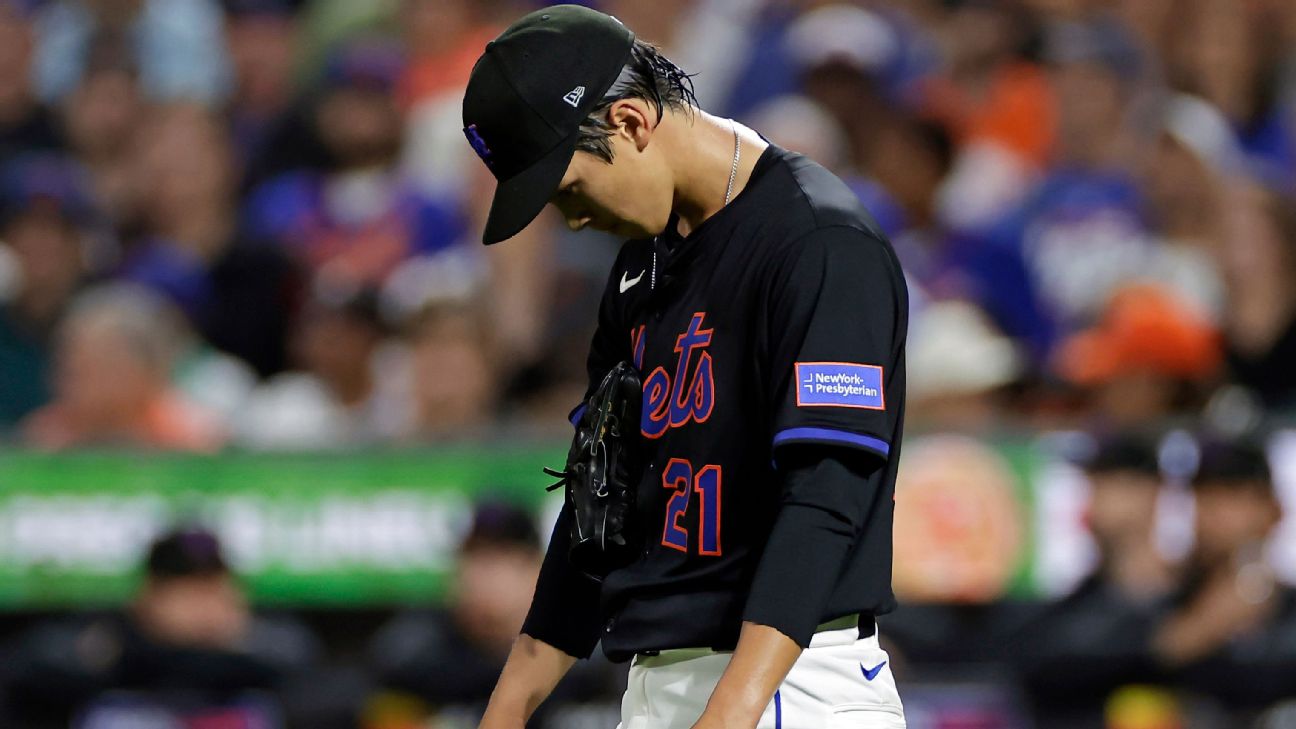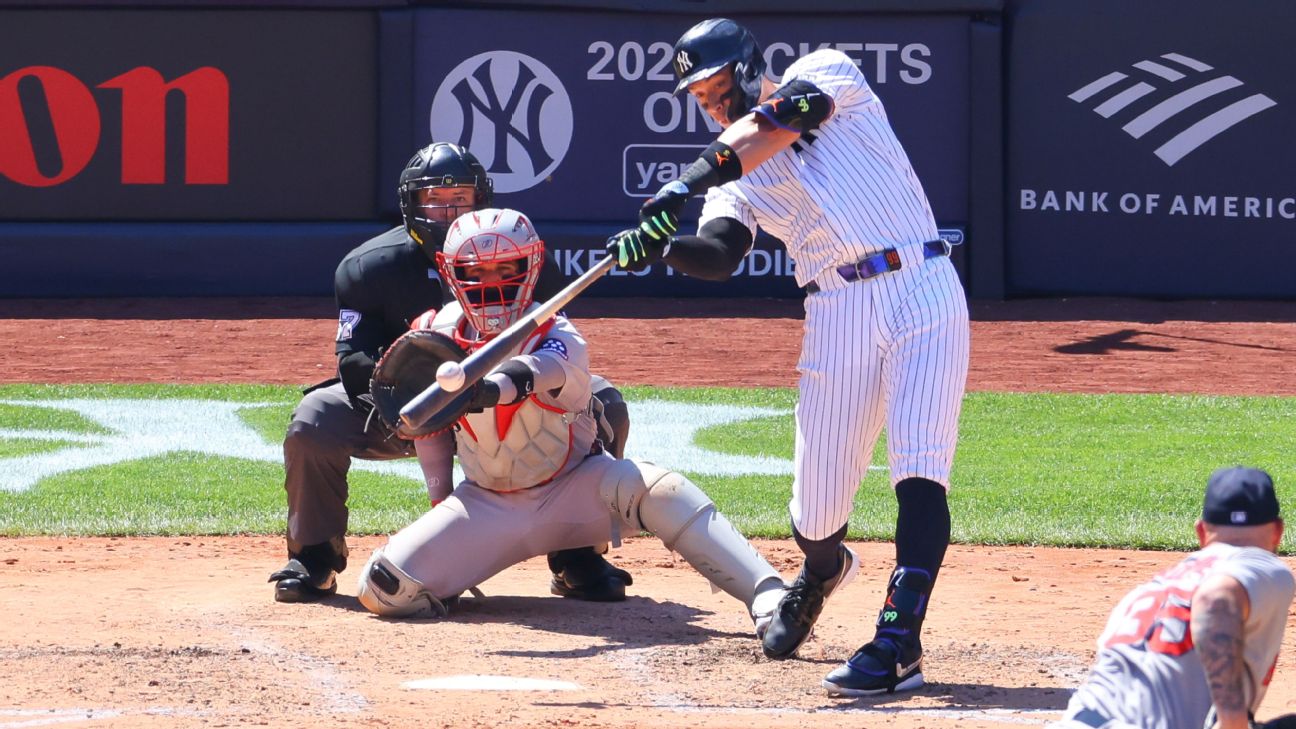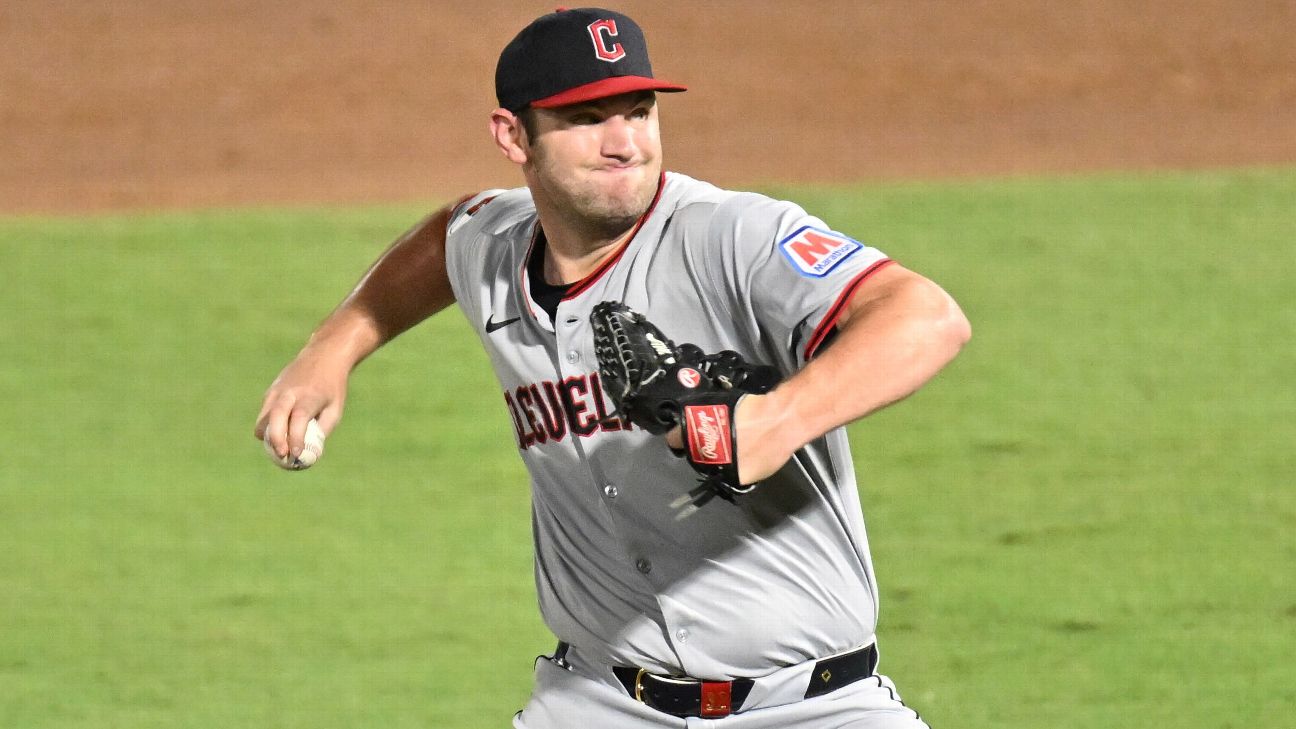Texas Rangers' Offensive Struggles: Five Key Metrics Revealing the Decline
Analyzing the Texas Rangers' unexpected offensive downturn in the 2025 MLB season through five critical metrics.

The Texas Rangers' Offensive Woes: A Deep Dive
Less than two years after clinching their first World Series title, the Texas Rangers are grappling with one of the most perplexing offensive slumps in recent MLB history. Despite a roster brimming with talent and seasoned sluggers, the team's performance at the plate has been lackluster, leaving fans and analysts alike searching for answers.
Key Metrics Highlighting the Struggle
-
Semien and Seager's Combined OPS on June 22: .671
- Marcus Semien and Corey Seager, the cornerstone of the Rangers' lineup, have underperformed significantly. Their combined OPS of .671, 44 points below the league average, underscores the team's struggles.
-
Texas' Slash Line Against Fastballs: .236/.312/.372
- Once known for their prowess against fastballs, the Rangers have faltered in this area. Their .684 OPS against four-seam fastballs ranks 27th in the majors, a stark contrast to their 2023 form.
-
Rangers' Chase Rate with RISP: 32.2%
- With runners in scoring position, the Rangers' chase rate of 32.2% is among the worst in the league. This inability to capitalize on scoring opportunities has been a recurring issue.
-
Carter's and Jung's wOBA Ranks Since 2023: 205th and 264th
- Evan Carter and Josh Jung, once heralded as future stars, have seen their production plummet. Their weighted on-base averages rank 205th and 264th, respectively, among players with at least 300 plate appearances.
-
Rangers' wRC+ Since 2023: 94
- The Rangers' weighted runs created plus (wRC+) has dropped to 94, indicating their offense is 6% below the league average. This decline is a significant factor in their middling performance.
Internal Adjustments and Future Prospects
Hitting coach Bret Boone has been working to simplify the approach and encourage a more cohesive offensive strategy. With key players returning from injuries, there is hope for a turnaround. However, the Rangers must address these critical issues to regain their championship form.
As the trade deadline approaches, the focus remains on internal improvements rather than external acquisitions. The potential is there, but the question remains: can the Rangers fix their offense in time to make a playoff push?
Conclusion
The Texas Rangers' offensive struggles in the 2025 season are a complex issue, rooted in both individual underperformance and collective inconsistency. By addressing these key metrics and fostering a more disciplined approach, the team can hope to reignite their once-dominant offense and reclaim their place among MLB's elite.































